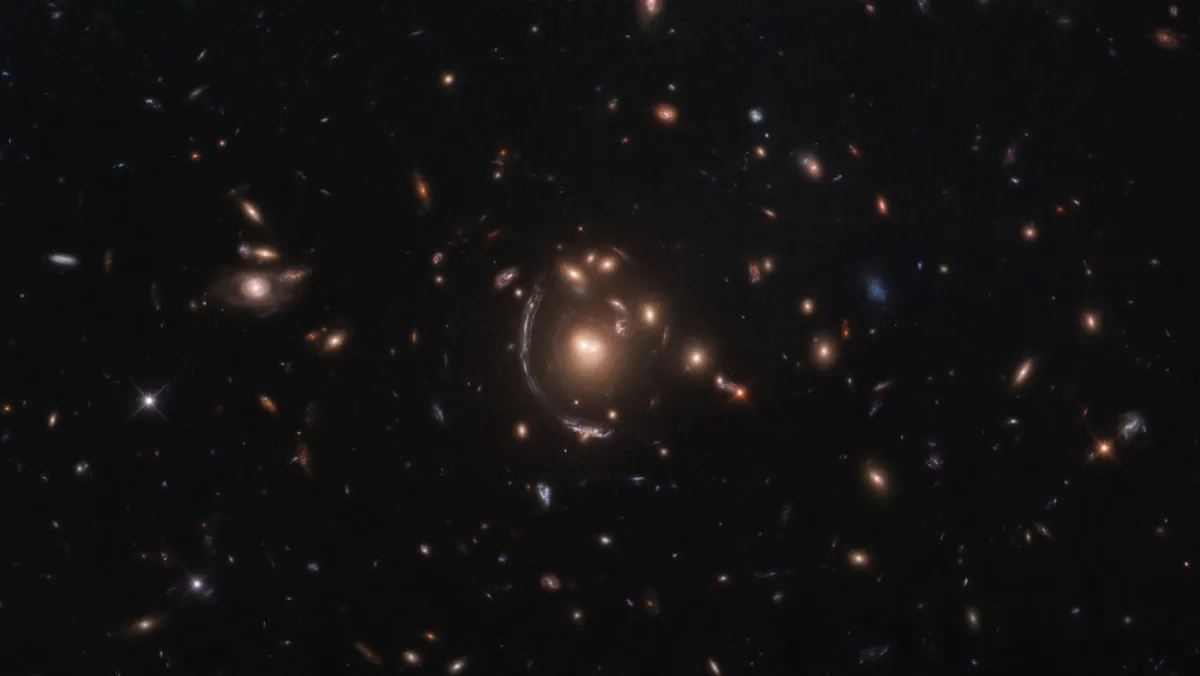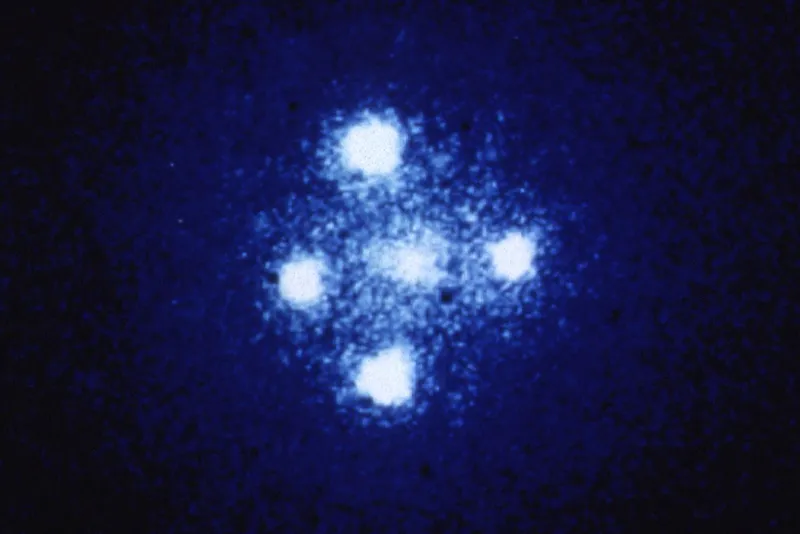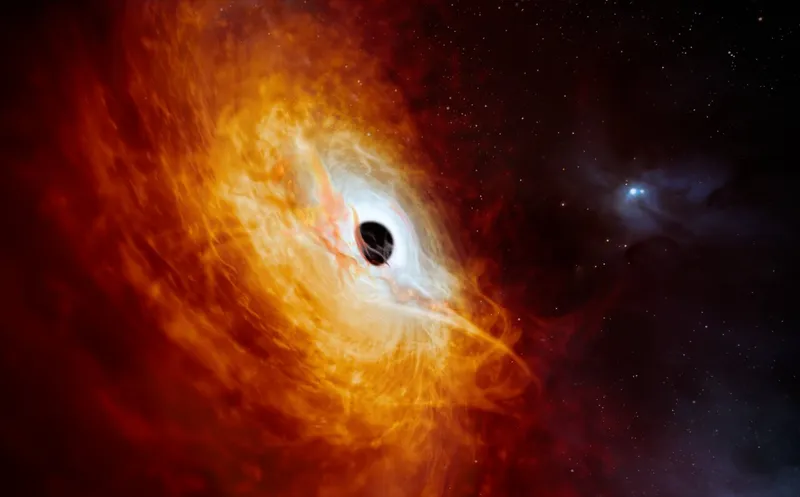Most cosmologists believe that dark matter, the mysterious substance that seems to account for six-sevenths of the matter in the Universe, exists in the form of myriad weakly interacting massive particles, or WIMPs.
The WIMPs won out over ideas of a cosmos filled with planets or black holes (collectively known, appropriately, as MACHOs, Massive Compact Halo Objects) because of a set of experiments that used modest telescopes to stare at stars in the Milky Way’s halo.
The aim was to spot the effect of a passing MACHO on a background star; if the alignment was perfect, gravitational lensing would cause the background star to brighten and then fade in a predictable pattern.

The physics is sound – Einstein’s theory of relativity tells us that light should be bent by massive objects in just this way.
But very few events were seen, so there simply aren’t enough free-floating planets or black holes surrounding our Galaxy to account for the dark matter we think must be there.
If free-floating, planet-sized objects exist, we should detect them passing between us and distant objects too – and variations in the brightness of quasars, extremely distant objects, have been attributed to the presence of hosts of passing planets in the distant Universe.
There is a paper in which authors aim to reconcile this explanation for quasar flickering with the apparent absence of such planets around the Milky Way.
First, they set out to distinguish the effects of lensing by dense objects from changes due to the quasar itself, which might brighten and fade as material swirls onto the accretion disc around its central black hole.

The trick is to use a system like Q2237 0305, where, thanks to lensing from a nearby galaxy, we see four separate images of the quasar.
If the quasar itself is changing brightness, all four should be affected.
If something like a passing planet within the lens galaxy is causing the variation, the images we see should change brightness separately.
But the authors need to be clever. Their models can’t simply assume the presence of free-floating planets (or planet-mass objects) – that’s ruled out by those Milky Way observations.
Instead, they revive an older idea of dark matter consisting of a population of clouds of gas, each with the mass of a planet, but at a much lower density.

Such objects, which they confusingly call ‘planets’, would not cause noticeable lensing of stars in the Milky Way, but would affect light from quasars.
Simulations seem to show that events like dips in quasar brightness that last for years seem to fit what you’d expect if there was such a population of objects.
And they might be common enough to make a substantial contribution to dark matter.
New, much more precise observations of quasars like Q2237 will be needed before the idea can be properly tested – a job for which the Hubble Space Telescope is well equipped.
For now, it’s a useful reminder that we know less about dark matter than we think we do.
Chris Lintott was reading Free-floating “Planets’’ in the Macrolensed Quasar Q2237+0305 by Artem Tuntsov et al. Read it online at: arxiv.org/abs/2401.05590.
This article appeared in the March 2024 issue of BBC Sky at Night Magazine.
